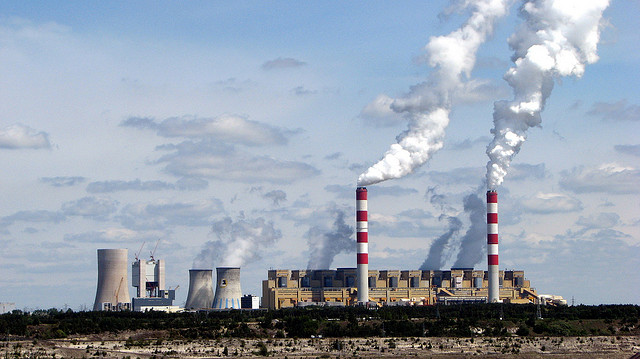Global energy use may shift climate trends
Ars Technica » Scientific Method 2013-01-28
Visit a power plant in winter and you can literally see the heat pouring out of it as the hot air of its exhaust mixes unevenly with the cold air around it. It's easy to convince yourself that the mere burning of fossil fuels, rather than the greenhouse gasses the burning releases, could be altering the climate. But the total energy released is rather small on a global scale, so researchers have largely treated it as a rounding error. A new paper suggests that, although power generation doesn't add much heat, it changes the way the heat is distributed. And this has surprisingly large effects in some areas.
It's possible to estimate the total global energy use from all sources, then compare that to the factors that are known to drive the climate (called "forcings"). And it turns out to be rather minor; less than 0.1 Watt/m2 when averaged out over the globe. In contrast, the current forcing from human-delivered CO2 is about 1.5 Watts/m2. Given that, the direct heating of the atmosphere due to power consumption has largely been left out of climate models.
A paper, released over the weekend by Nature Climate Change, suggests we might want to put it back in. The authors note some urban areas show rather intense warming from power consumption (estimates for Tokyo get as high as 1,590 Watt/m2), which might be enough to alter the regional air circulation. Given that similar sources dot the continents, it's possible that the regional effects add up to a noticeable global shift.
Read 8 remaining paragraphs | Comments
